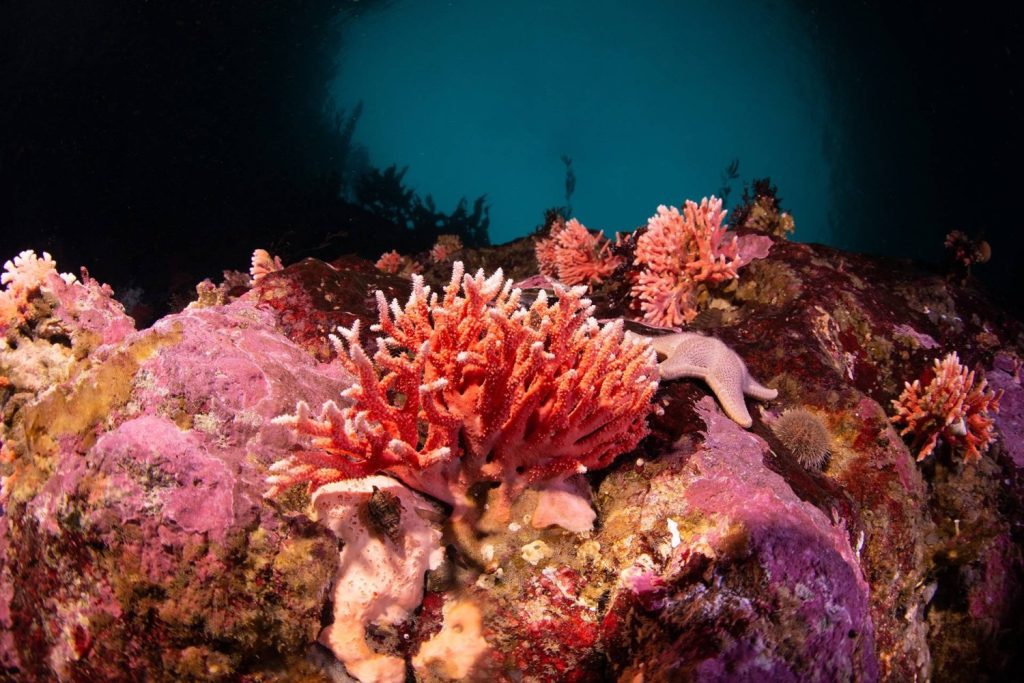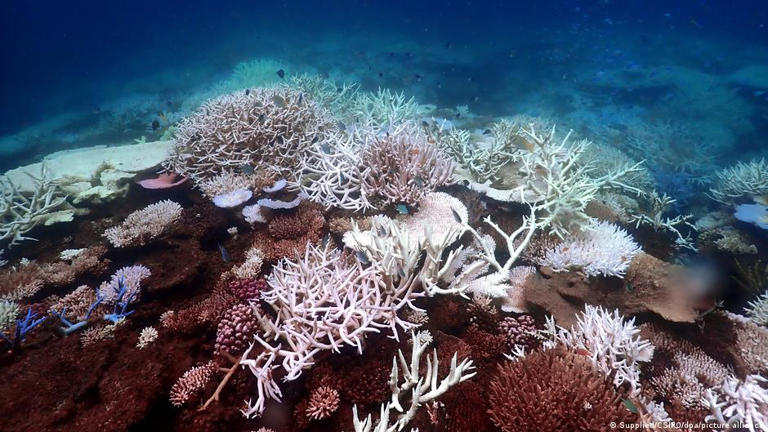FALCON POWERS – Scientists report that a species of red coral has been discovered in the southern region of Chilean Patagonia, in the Strait of Magellan area, which is the southernmost and shallowest location where this type has ever been observed.
Colonies of this species, known as Errina antarctica, were discovered in the Kawésqar National Marine Protected Area, a large marine protected area at the southern tip of the American continent. This discovery was made by researchers from the Fundación Ronautica Chile and the Spanish Institute of Oceanography, and the results were published in late April in the journal Nature Scientific Reports, and announced on Friday (June 7, 2024), on the eve of World Oceans Day celebrated on July 8.
Divers equipped with robots explored these coral communities at depths ranging from 1.3 meters to 47 meters in the icy waters of the Strait of Magellan. These coral communities do not enjoy any protection despite the important role they play on the seabed.

The co-author of the study, Ingrid Espinoza, Director of Wildlife Protection at Fundación Ronautica Chile, emphasized in a statement to AFP the need to “protect, preserve and find ways to manage these coral communities so that they can thrive for a long time.”
The study, conducted between 2021 and 2023, shed light on the limited data available on the existence of animal marine forests in Patagonian waters. It noted that “this region is one of the least known and understood marine areas in the world.” Human activities, such as salmon farming that has expanded into the southern waters of the Strait of Magellan, as well as climate change and ocean pollution, pose risks to these coral communities.
Espinoza reminded that these small animals called polyps, which can form colonies with a shared structure, contribute in a “highly important” way to biodiversity, as they are “sentinels of environmental impacts and disturbances.”
Coral reefs account for only 0.1 percent of the seabed worldwide. Given their high environmental value, they are classified as one of the most biodiverse ecosystems in the world, according to the International Union for Conservation of Nature.


